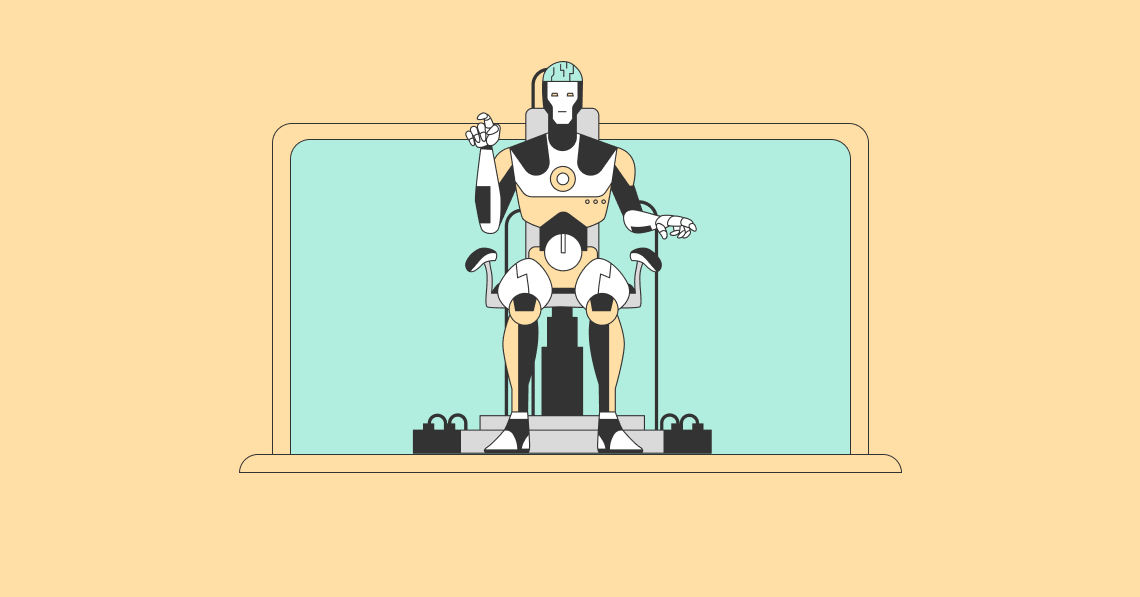By Michael Bitzer
With the commence of early, in-person voting starting on Thursday, April 28 for the Might 17th North Carolina principal election, we can look back again at the past 5 elections to possibly see what kind of developments are existing when it arrives to how several votes could be solid, and what method we should be expecting when voters solid their ballots.
So How Numerous Will Exhibit Up for May perhaps 17?
First, what may possibly we assume when it comes to the number of voters probable participating in this year’s key elections?
For equally functions, there are some unique developments when it comes to primaries held in presidential versus mid-term yrs. In presidential several years, typically North Carolina sees about one million registered voters take part in every major (for about two million overall), relying on the competitiveness of the top rated-of-the-ballot contest.
In phrases of registered voter turnout, both of those 2016 and 2020 saw all-around 30 p.c display up to forged ballots in the most important elections for these presidential a long time.
In the mid-term major elections of 2014 and 2018, the turnout dropped considerably, down to 50 percent-a-million in each get together primaries (with Republicans in 2018 at only a very little above 400,000 ballots solid). For equally mid-term most important elections, the complete registered voter turnout was only 15 percent condition-huge.
Of course, these turnout costs change considerably across the 100 counties of the point out: with 2018’s most important election state-large turnout at 15 %, Tyrrell County saw 40 per cent of its registered voters demonstrate up, even though Edgecombe County had a 2 (of course, two) per cent turnout price.
Of program, the uniqueness of 2018 was that it was a ‘blue-moon’ election cycle, with no important point out-wide race (like U.S. Senate) on the ballot to command the awareness of the voters. This year’s aggressive race to substitute retiring U.S. Senator Richard Burr will definitely command a excellent offer a lot more interest.
So, with presidential principal decades commanding about 30 p.c and mid-conditions fifty percent that level, we should see an overall turnout level of 15 per cent arrive May perhaps, meaning that about a million registered NC voters may participate, with a chance that the bulk of those million voters casting ballots in the Republican major.
Who Might Take part in The two Get together Primaries?
With the increase of North Carolina’s unaffiliated voter to a plurality of all registered voters, each big functions permit unaffiliated voters to take part in the find of a party’s nominees.
But around the past few main elections, it is even now the registered partisan who command significant majorities who pick out the common election candidates.
In 2018, the division involving registered partisans and unaffiliated voters ranged from a approximately 80/20 split amongst registered Democrats and unaffiliated in the Democratic primary to a almost 70/30 split in the Republican main concerning registered Republicans and unaffiliated. The following two charts give the numbers and percentages in each bash primaries concerning who participated, primarily based on get together registration (or lack thereof, in the scenario of unaffiliateds).
In 2020, a slightly diverse dynamic happened, with the Democratic principal seeing much more unaffiliateds take part (not stunning thanks to the aggressive presidential nomination contest) ensuing in a 70/30 split between registered Democrats and unaffiliateds, though the Republican principal observed a 75/25 break up among registered Republicans and unaffiliateds.
With this year’s competitive U.S. Senate nomination fight amongst Republicans, we’ll probably see a lot more unaffiliateds decide the GOP principal ballot than the Democratic this calendar year, but something to check out.
How Might Primary Voters Forged Their Ballots?
In North Carolina’s typical elections, voters have become supporters of early voting: in 2020’s election, a lot less than 20 % of the document 5.5 million votes came on Election Working day. Definitely the considerable increase in mail-in ballots and early, in-person voting helped gas those people pre-Election Working day votes forged, but the trends for some time in common elections have been to “vote early.”
This “vote early” is very likely because of to potent and guaranteed partisans recognizing who their chosen candidates are and “banking” their ballots to be completed with the marketing campaign and election.
For primary elections, however, the trend is distinctly, and not shockingly, in the opposite way. In the latest major elections, the extensive majority of ballots came on Election Day, but that pattern has been shrinking in each get together primaries.
Among the Democratic primaries, far more voters have been opting to forged their ballots early, seemingly indicating their political minds and choices are made up just before Election Day. In 2012, virtually three-quarters of Democratic most important voters waited until finally Election, but by 2020, that number experienced dropped to 60 percent.
Among the Republican main voters, the use of early (in-individual) voting has been as substantial as amongst Democratic primaries, but the trendlines nevertheless level to a rising use of early, in-human being voting. From 2012’s 77 per cent of votes coming on Election Day to just below two-thirds in 2020, Republican most important voters are making use of the in-particular person early vote method in rising trend, perhaps also recognizing that their political minds are designed up when it comes to selecting on candidates to symbolize the occasion in November.
Of course, we will have to hold out and see the ultimate effects and knowledge for the May perhaps 17th primaries to figure out regardless of whether significant variations are taking place in the major electorates, but for an election wherever the chance is that 15 per cent of North Carolina’s voters will figure out not just the candidates for November’s basic election, but in some situation, the outright winner of the normal election (due to no celebration opposition in November).
If current tendencies continue, we will have to wait and see the bulk of votes arrive on Tuesday, May perhaps 17, but that variety may perhaps continue to shrink if previous trends continue. Yet another critical element will be the participation of unaffiliated voters, anything that we can establish soon after the voter history data file is produced for May’s key.
——————–
Dr. Michael Bitzer retains the Leonard Chair of Political Science at Catawba College, in which he is a professor of politics and heritage and writer of Redistricting and Gerrymandering in North Carolina: Battlelines in the Tar Heel State. He tweets at @BowTiePolitics.










